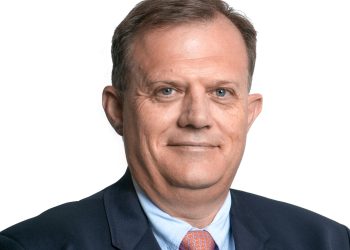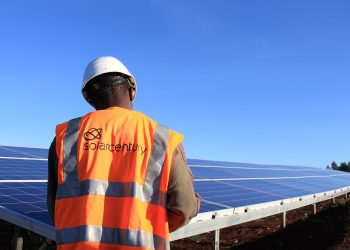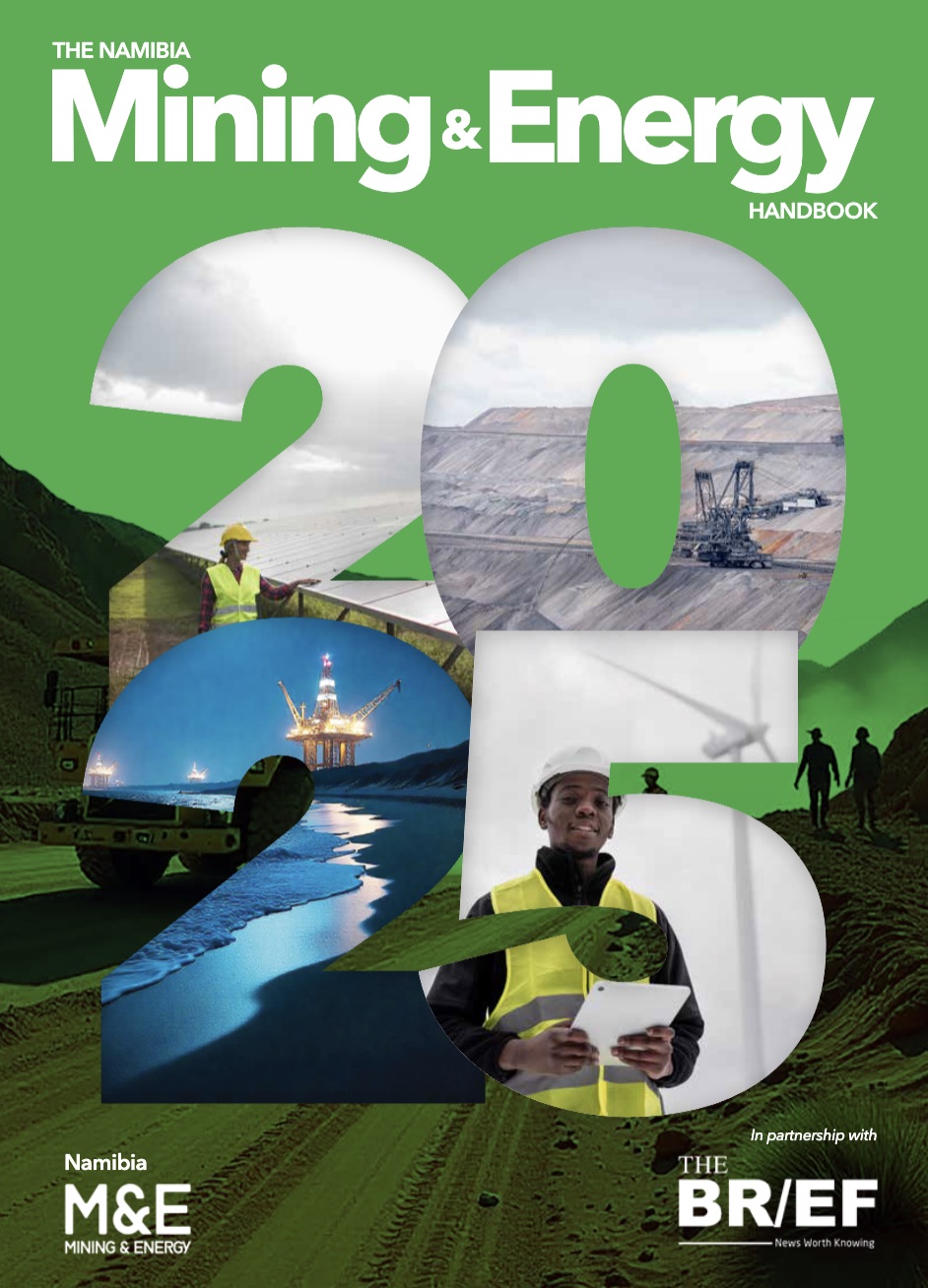
The Electricity Control Board (ECB) says it has recorded N$4.48 billion worth of investment in renewable energy projects since 2014.
The projects include investments by independent power producers (IPPs) under the Namibia Renewable Energy Feed-In Tariff (REFIT), including NamPower’s own renewable energy projects, and other utility scale IPP projects.
ECB Chief Executive Officer Robert Kahimise, however, said the investments exclude net metering investments (rooftop systems) and off-grid electrification projects.
He made these remarks to highlight the capacity of existing players in the sector as well as their contribution to the energy supply.
In the same vein, Kahimise highlighted upcoming projects that will enhance the country’s generation capacity, among them is the 50 megawatts (MW) Lüderitz wind IPP, 40MW biomass, 44MW Diaz wind project, and Bess 58MW/60MWh all set for completion between July and December 2025.
This is in addition to the 50MW Anixas II, which was completed in April, and the 29MW Khan solar PV IPP envisaged for completion in September.
In addition, Kahimise said there are favourable investment opportunities and collaborations through the Modified Single Buyer market model.
“Meanwhile, the Modified Single Buyer (MSB) model is intended to promote more private sector investment in the generation of electricity in the country, investors can participate in the electricity supply industry through engaging potential contestable customers on a bilateral basis and do not need to only sell electricity to utilities. It is established that through the MSB there is an opportunity that sellers and consumers can transact amongst each other,” said Kahimise.
There are 28 licensed MSB market models with a combined power capacity of 1,526.882MW.
Other licences include the 14 REFIT yielding 81.71MW, five unsolicited IPPS producing 74.81MW, and five solicited IPPs producing 61.47MW.
In addition, five rooftop energy systems are producing 8.93MW, 56MW is produced from 12 standby gensets, while five embedded generator licence holders produce 51.7MW, with NamPower’s three power plants with a combined power capacity of 489MW.
In terms of distribution and supply, as of June ECB has 46 licensees. An additional 21 applications were received, of which six are referred to the Minister, including Southern Regional Electricity Distributor and 10 are under evaluation, whereas four are approved by the board.
ECB is mandated to exercise control over the Electricity Supply Industry (ESI) with the main responsibility of regulating electricity generation, transmission, trading, distribution, supply, import and export in Namibia through setting tariffs and issuance of licenses.
“Government through the Ministry of Mines and Energy, developed the National Integrated Resource Plan (NIRP). The NIRP is a long-term development plan for Namibia’s Electricity Supply Industry. The principal goal of the NIRP is to identify the supply mix of resources to meet the near and long-term electric power needs in Namibia in a sustainable, efficient, safe and reliable manner at the lowest reasonable cost. Namibia is currently implementing the NIRP and the ECB is issuing generation licences to complement the government’s efforts,” the ECB CEO said.
Delving into the ECB’s role in the development of Namibia’s green hydrogen sector, Kahimise noted that green hydrogen developers will have to apply for the necessary licenses from the ECB.
“In considering these licences, the ECB will take into consideration the approved MSB market rules, as far as our involvement is concerned. As you are aware, the green hydrogen project is driven by the Office of the President. The ECB’s role with regard to green hydrogen is limited to electricity-related aspects, such as the generation of electricity (whether from solar PV or wind) and the transmission and export of electricity, depending on the business plans of the green hydrogen developers,” he said.







